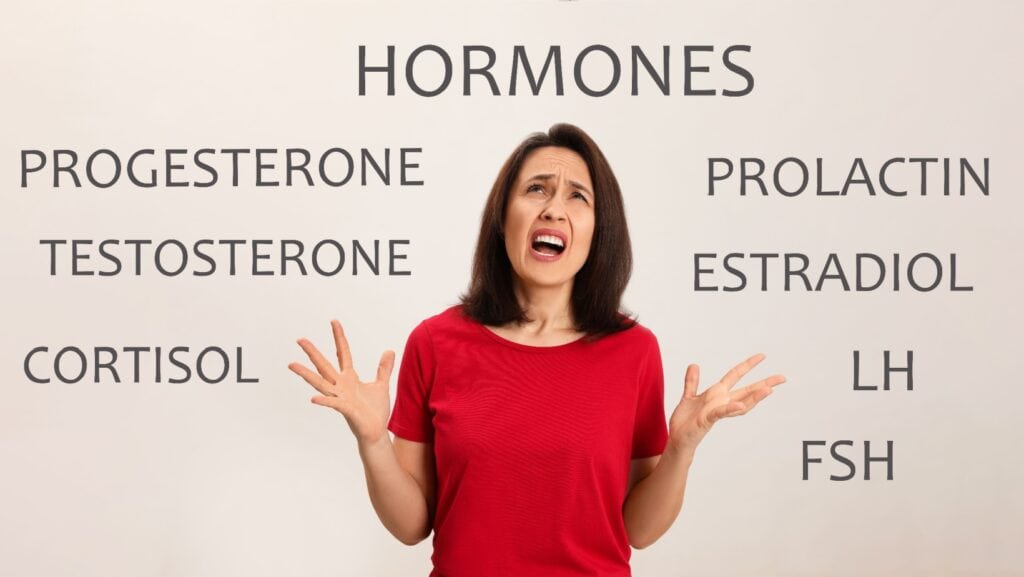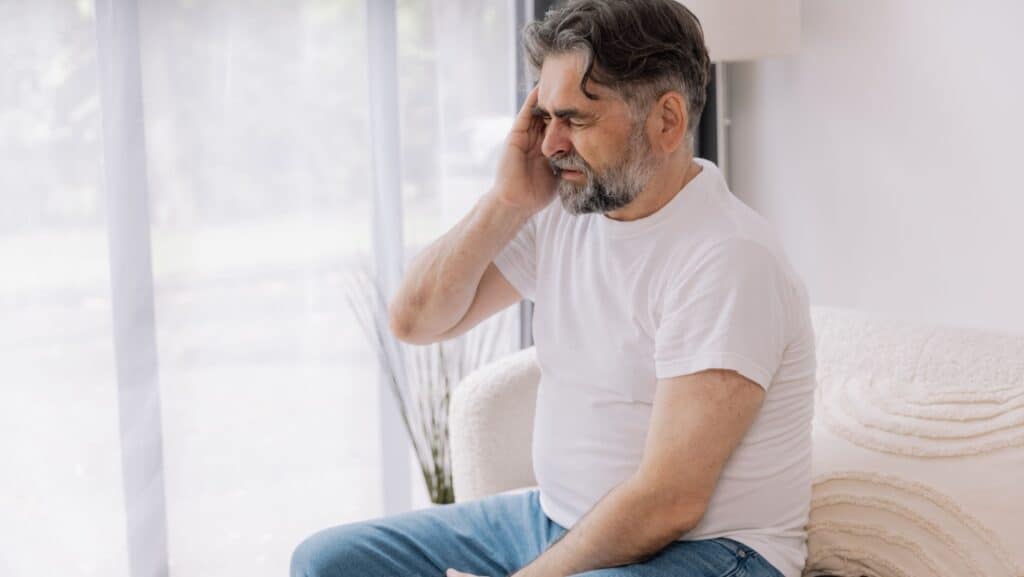When Should You See a Doctor About a Headache?
We’ve all had headaches. Some are mild and go away with a bit of rest, while others feel like a hammer pounding inside your skull. But how do you know when a headache is just an annoyance and when it’s something serious? Should you just pop a pain reliever and move on, or is it time to call a doctor?
Let’s break it down.
How Many Types of Headaches Are There?

Believe it or not, there are over 150 types of headaches. That’s right—150! But don’t worry, you don’t have to memorize them all. They fall into two main categories:
- Primary Headaches – These are headaches that aren’t caused by another medical condition. Think of them as the “main event.”
- Secondary Headaches – These happen because of something else going on in your body, like an illness, an injury, or even a medication side effect.
Now, let’s talk about the most common types you might experience.
Common Types of Primary Headaches

Here are the most common headaches you might experience.
1. Tension Headaches (The Everyday Headache)

- Feels like a dull, aching pressure around your forehead or the back of your head.
- Often triggered by stress, poor posture, or eye strain.
- Usually mild to moderate and can last anywhere from 30 minutes to several hours.
- When to see a doctor: If tension headaches become frequent (more than 15 days a month) or start interfering with your daily life.
2. Migraines (The Debilitating One)

- Intense, throbbing pain, usually on one side of the head.
- Often comes with nausea, vomiting, and sensitivity to light or sound.
- Can last hours to days and make normal activities impossible.
- Some people get a warning sign called an aura (flashes of light, blind spots, or tingling).
- When to see a doctor: If migraines are happening more than a couple of times a month, if they’re getting worse, or if they’re interfering with work and daily life.
3. Cluster Headaches (The Nightmare)

- Severe, piercing pain, usually around one eye.
- Often accompanied by eye watering, redness, nasal congestion, or drooping eyelids.
- Happens in “clusters” (several headaches a day for weeks or months).
- More common in men than women.
- When to see a doctor: If you experience these symptoms, see a doctor right away. Cluster headaches are extremely painful and require medical treatment.
4. Exertion Headaches (The Workout Headache)

- Happens after intense exercise, like running or lifting weights.
- Feels like a throbbing sensation, usually on both sides of the head.
- Usually short-lived (5 minutes to 48 hours).
- When to see a doctor: If these headaches last more than a few hours, come with vomiting, or suddenly appear out of nowhere.
Secondary Headaches: When Something Else is Going On

Sometimes, a headache isn’t the problem—it’s a symptom of something bigger. Here are some types that could signal an underlying issue.
1. Sinus Headaches (From a Cold or Allergies)

- Pressure and pain around your forehead, cheeks, and eyes.
- Often comes with nasal congestion, fever, or facial tenderness.
- Feels worse when you bend over or lay down.
- When to see a doctor: If symptoms last more than 10 days, get worse over time, or come with a high fever.
2. Medication Overuse Headaches (The Rebound Headache)

- Happens when you take too many pain relievers (ironic, right?).
- Feels like a daily, dull headache that won’t go away.
- Common in people who take pain meds more than 2-3 times a week.
- When to see a doctor: If you suspect overuse headaches, a doctor can help you taper off medications safely.
3. Hormonal Headaches (Blame It on the Hormones)

- Linked to menstruation, pregnancy, or menopause.
- Feels similar to migraines and happens around hormonal shifts.
- When to see a doctor: If these headaches become severe or frequent, birth control or other treatments might help regulate them.
4. Hypertension Headaches (High Blood Pressure)

- A pulsating headache often located at the back of the head.
- May come with vision changes, chest pain, or shortness of breath.
- When to see a doctor: If you have high blood pressure and frequent headaches, seek medical attention. A sudden, severe headache could be a sign of a hypertensive crisis.
5. Thunderclap Headaches (The Emergency)

- Sudden, extremely severe pain that peaks within seconds.
- Can be a sign of a brain hemorrhage, stroke, or aneurysm.
- Often described as the worst headache of your life.
- See a doctor IMMEDIATELY! Call 911 or go to the ER—this is a medical emergency.
Red Flags: When You Should Absolutely See a Doctor

Not sure whether to tough it out or call for help? Here are headache warning signs that should never be ignored:
- A sudden, severe headache (“worst headache ever”)
- A headache after a head injury (especially if you feel confused or nauseous)
- A headache with vision problems, numbness, weakness, or trouble speaking
- A headache that keeps getting worse and doesn’t respond to medication
- A headache that wakes you up at night
- A new headache if you’re over 50
- A headache with a stiff neck, fever, or confusion (could be meningitis)
How Can You Tell Which Headache You Have?

Pay attention to:
- Location – One side? All over? Behind the eyes?
- Type of pain – Throbbing? Dull? Stabbing?
- Triggers – Stress? Weather? Food? Exercise?
- Other symptoms – Nausea? Light sensitivity? Stiff neck?
Keeping a headache diary can help you and your doctor figure out what’s going on. Write down when it happens, what you ate, stress levels, and how long it lasted.
The Bottom Line

Most headaches are harmless, but some can be signs of something serious. If your headaches are frequent, severe, or come with warning signs, don’t ignore them. A doctor can help you figure out the cause and get the right treatment.
So next time you feel that familiar pounding, ask yourself—should I just grab some water and take it easy, or is it time to call the doctor? Your health is worth it.
10 Subtle Brain Tumor Symptoms You Shouldn’t Ignore

Brain tumors can be tricky to detect, often mimicking other conditions or going unnoticed until they’ve grown significantly. While severe symptoms like seizures or sudden vision changes are well-known, there are subtler signs that many people overlook. In this article, we’ll explore 10 often-missed symptoms of brain tumors that deserve attention. Remember, experiencing these symptoms doesn’t necessarily mean you have a brain tumor, but it’s always best to consult with a healthcare professional if you’re concerned.
READ: 10 Subtle Brain Tumor Symptoms You Shouldn’t Ignore
Join Us

Join us on this empowering journey as we explore, celebrate, and elevate “her story.” The Queen Zone is not just a platform; it’s a community where women from all walks of life can come together, share their experiences, and inspire one another. Welcome to a space where the female experience takes center stage. Sign up for our newsletter so you don’t miss a thing, Queen!







